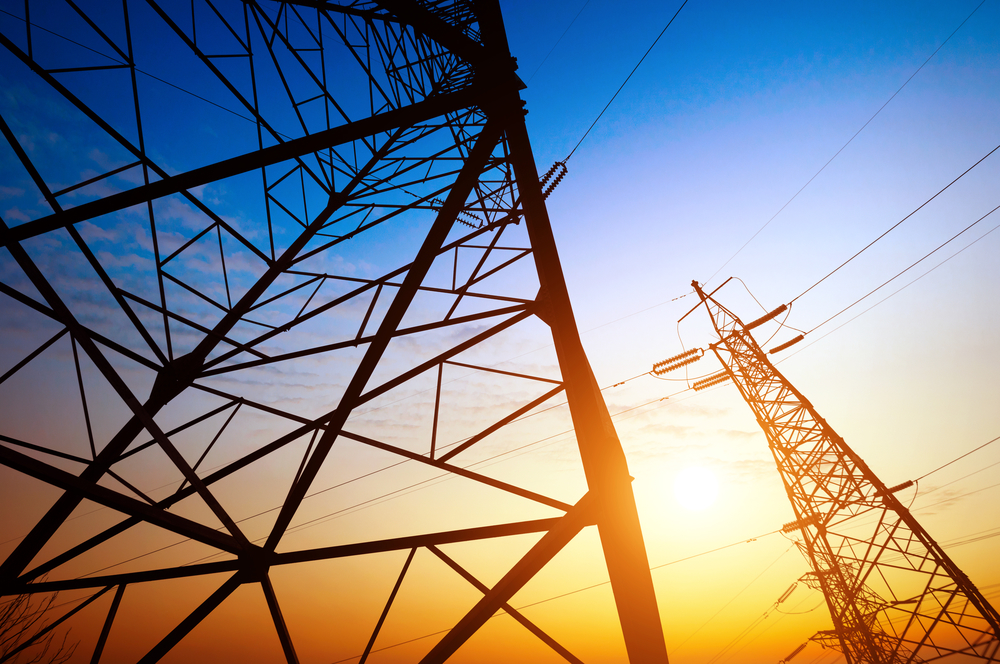Ensuring a constant power supply to you business is all about protecting yourself against power shortages—the most common cause of which is power surges. No matter how well equipped your business is, power surges can occur, and if you’re not prepared, you will suffer a blackout.

What Is a Power Surge?
A power surge occurs when there is a sudden and massive increase in electrical current. Estimates suggest that between 60% to 80% of surges are created within the building, by appliances and high-powered electrical equipment that suddenly spike and disrupt the flow of electrical currents.
Exterior causes can also contribute, with downed power lines, daily capacitator switching and even lighting strikes contributing.
Here are some tips for ensuring a constant power supply by protecting against surges:
- You Need a Good Safety Switch: This is your main point of protection against power surges and other imbalances. The switch cuts your power when a surge hits to prevent any damage to appliances, as well as wiring and power boards. You need to have this switch checked regularly to make it sure it is functioning at its optimum.
- Testing and Tagging: Well-maintained appliances don’t create power spikes. A test and tag service doesn’t just check that your instruments are safe, they also check that they are running optimally and are free of electrical faults.
- Get a Good Surge Protector: If your workplace is in the country, you need a surge protector rated to at least 4,000 volts. You can go for a 2,000-volt rating if you work in a high-density area. Make sure your unit has a protection light status and a failsafe. You should also check the warranty and ensure it provides the protection you need. A $300,000 warranty won’t cover your entire factory, so get the coverage you need.
- Only Use Australian Appliances: Every country has different voltages, if you plug a 110volt American appliance into an Australian plug that is designed for 230volts, it will cause an issue.
So, How Can I Stop the Power Going Out?
If you really want to give your business a continual power supply, you need an uninterruptible power supply (UPS). These power supplies kick in when the primary power source fails. They are different from a standby generator because it kicks in almost instantaneously and prevents power interruptions.
A smaller system will typically give you about 5-15 minutes of power, which is enough time to kick-start a standby generator. These systems are vital in protecting data centres, computers and electrical equipment where loss of data could be disastrous for the business, and even cause injury and fatalities to workers.
There are four different types of UPS designs:
- Standby or Offline UPS: In this system, the power load is supplied directly by the input power, and the backup circuitry is invoked when the utility power fails. These are usually the least expensive options.
- Line Interactive UPS: In this system, the inverter in line is maintained, and the battery’s DC current path is reverted from charging mode, to the area where power has been lost.
- On-Line UPS: Works through ‘double conversion’ method, in which the AC input is accepted and rectified to DC so it can pass through the battery before inverting back to 120V or 240V AC so it can power protected equipment.
- Dynamic UPS: This is used for large power needs. This system works via a synchronous motor or alternator that is connected to a choke. A flywheel stores this energy, and when the main power is interrupted an Eddy-current regulation controls and maintains load power. These can be integrated with a diesel-generator to create a system known as a diesel rotary uninterruptible power supply.
Choosing The Right System
You need to choose the right system for your needs. Standby or Offline UPS systems are only suitable for very basic needs, such as protecting a personal computer.
Line Interactive UPS offer more functionality as they can tolerate continuous brownouts and surges without using the limited reserve battery power. It does this by autoselecting different power taps on the transformer. The UPS may chirp in between selection, but the power disruption will only be very brief.
On-Line UPS is most suitable for situations where electrical isolation is needed, or you’re trying to protect equipment that is extremely sensitive to power fluctuations. Advances have also made this system more accessible, and it can now supply more than 10kW or as little as 500 watts.
These systems are more expensive but are well-suited to power-hungry areas, like industrial spaces or areas with large data and IT systems.
So, with a well-chosen UPS, you can give your business a constant power supply. This is vital in reducing downtime, protecting your assets and ensuring no one is injured as a result of a power surge.